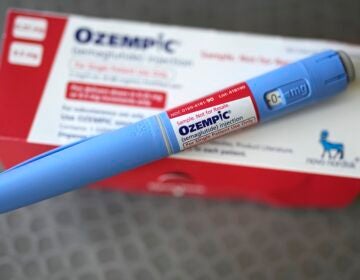Toll bridge planned for I-95 between Pennsylvania and New Jersey
-

-
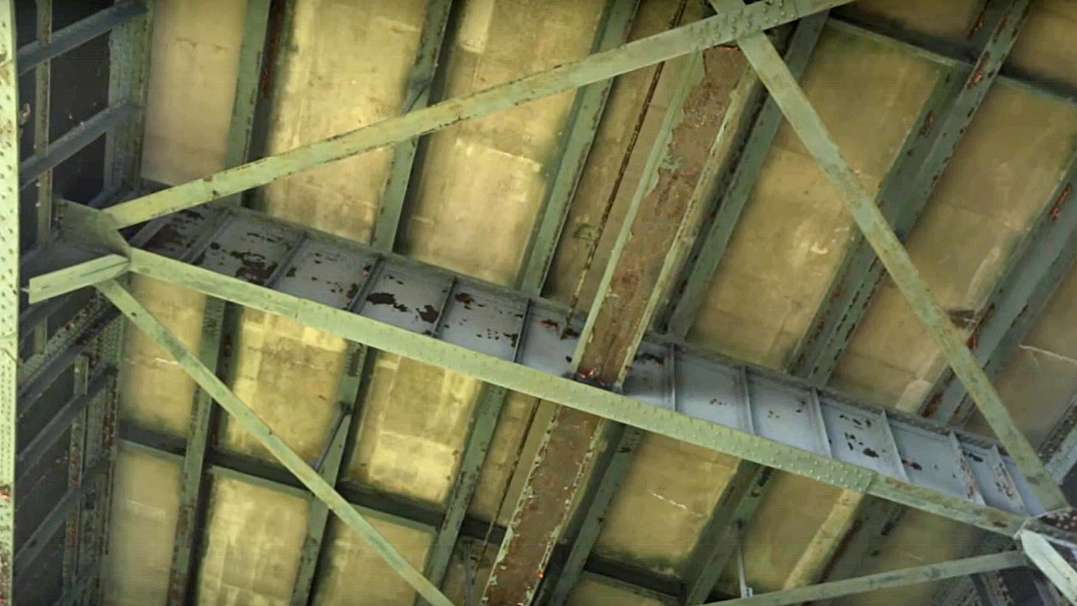
The bridge that link Pennsylvania and New Jersey is 'structurally deficient' but is considered safe. (Image courtesy of DRJTBC)
-

-

-
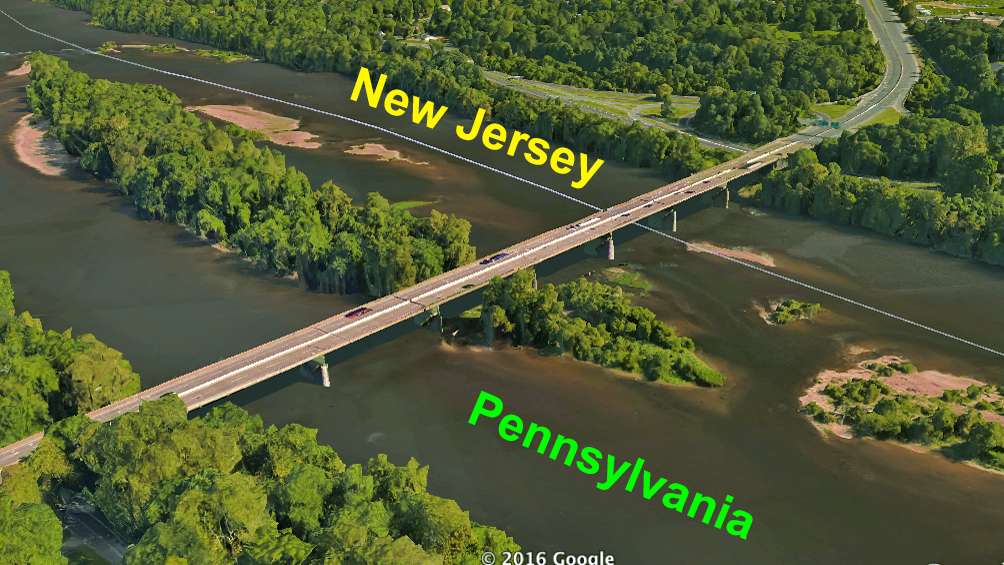
Image by Alan Tu/WHYY
-

-
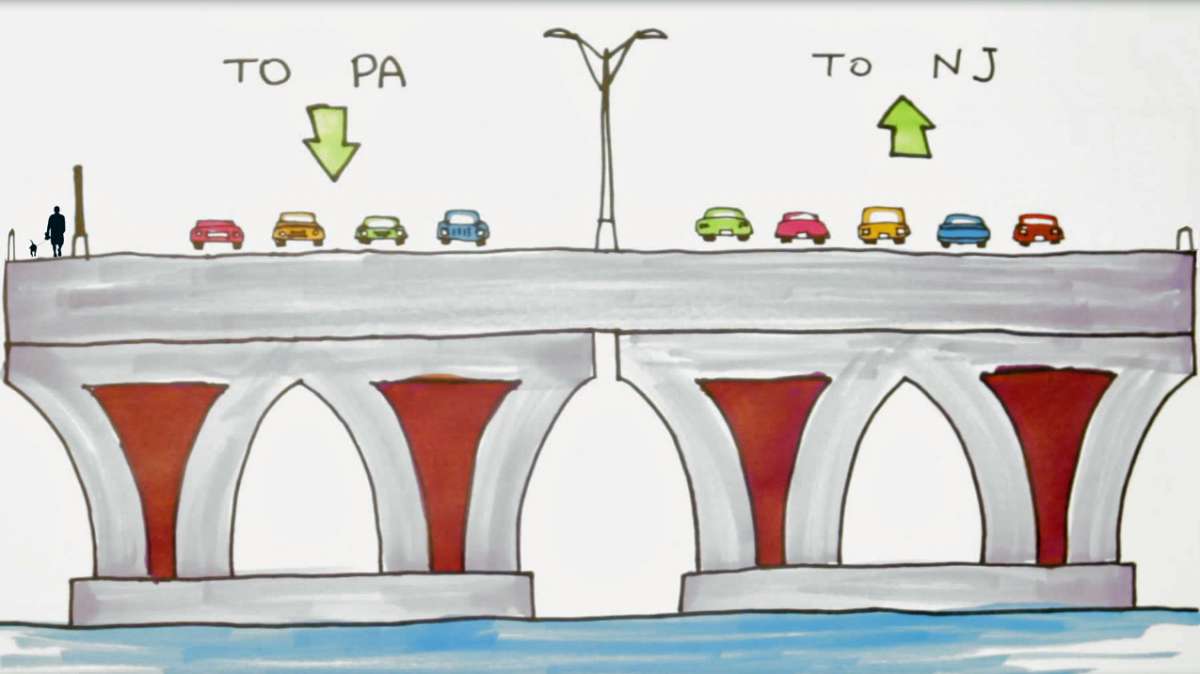
-
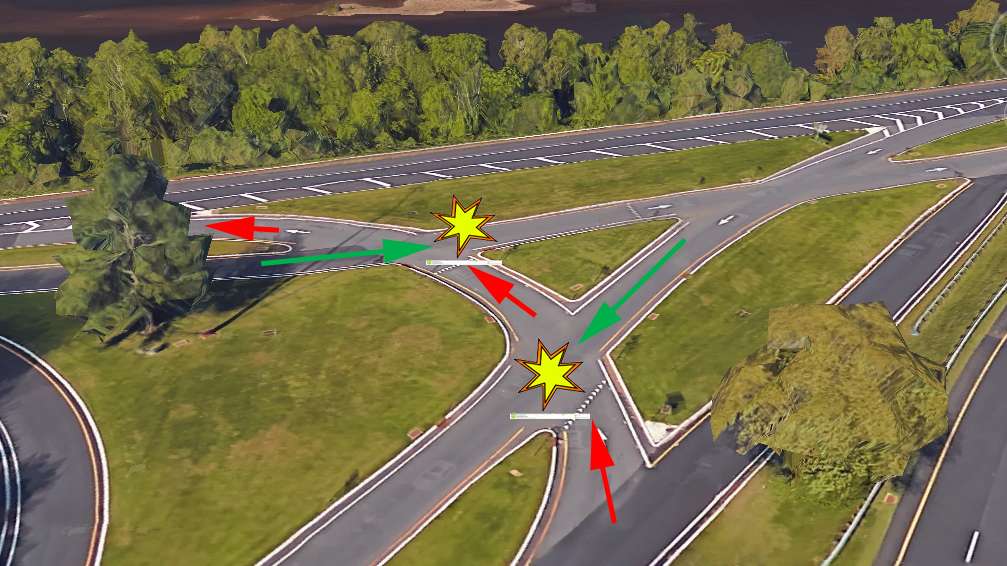
Drivers on Interstate 95 south from New Jersey into Pennsylvania are going to have to pay to cross the Delaware River beginning in 2019.
The aging Scudder’s Falls Bridge is being replaced by a wider, safer span, at a cost of about $334 million. Joe Resta, executive director of the Delaware River Joint Toll Bridge Commission, said he hopes the toll will be in the $1 range but said it hasn’t been determined yet. Pete Peterson, a spokesman for the bridge commission, said even after construction bonds are paid off the tolls will remain in place to support the agency’s toll-supported crossings. The bridge commission maintains 20 bridges (most upriver from Trenton) with only seven having tolls.
The current bridge is considered outdated and at the end of its lifespan, according to the bridge commission.
Right now there are only four-lanes for both directions but the new wider bridge will feature four SB lanes for cars heading into Pennsylvania and five NB lanes for those crossing into New Jersey. The extra lanes will allow cars entering or exiting I-95 to have their own acceleration/deacceleration lanes. Construction on the new bridge is expected to begin next year and take four years to complete.
The plan
The first phase calls for a wider bridge to be built right next to the existing Scudder Falls Bridge.
By 2019, this new bridge is expected to be ready for traffic and tolls. The bridge commission will install high-speed EZ-Pass monitors and license plate cameras on the Pennsylvania side of SB I-95. There will be no toll booths.
Resta, of the bridge commission, said his agency doesn’t get federal or state dollars to build bridges. So asking drivers to help out is the only way to pay for the estimated $344 million to replace the bridge.
Halfway point
All I-95 traffic will be moved to the new four-lane bridge. The old bridge will be torn down to make room to widen the new crossing.
Outdated
The current Scudder Falls Bridge is outdated and showing its age. “It’s a 55-year-old bridge,” said Resta, of the bridge commission. “It’s a non-redundant structurally designed bridge. So the design of the bridge would not be allowed under today’s design standards.”
Modern bridges are designed so that if a primary section fails, a redundant structure is there to keep the whole bridge from falling down. The current bridge opened to traffic on June 22, 1961.
Resta said the infamous Mianus River Bridge had a similar design to the Scudder Falls Bridge. According to the National Transportation Safety Board, on June 28, 1983 at 1:30 a.m., a 100-foot section of the bridge collapsed and fell 70 feet in the Mianus River near Greenwich, Connecticut. It was the middle of the night and a huge section of the road was gone. Two tractor-trailer trucks and two cars fell into the river, killing three people. The graphic above is taken from a History Channel episode on the Mianus Bridge disaster.
The Delaware River Joint Toll Bridge Commission has strengthened the Scudder Fall bridge to ensure that the same thing doesn’t happen here.
Dangerous NJ intersection
In addition to rebuilding the Scudder Falls Bridge, crews will also fix one of the most confusing intersections near the bridge in New Jersey.
If you’re on SB I-95 (headed towards Pa.) and you want to get on SB Route 29 to Trenton, you take an off-ramp that is very confusing. I’ve highlighted your route in red arrows. Traffic crosses your path twice. You must yield to cars coming at you on your right then immediately yield to cars about to cross your path on the left.
The plan to make this area safer is to add a traffic circle. You’ll still have to be careful but the chances of being broadsided are greatly diminished.
Making the on and off ramps safer
One of the reasons the new bridge will have nine lanes of traffic is to create dedicated lanes for cars entering and exiting I-95. The current set-up creates a dangerous bottleneck on the bridge with slow cars suddenly merging into a lane with cars and trucks traveling at 55 mph or higher.
To illustrate the point (see image below), New Jersey drivers on Route 29 (River Road) who want to get on SB I-95 have a stop sign just before entering the high-speed lanes. According to project planners, this area highlighted below has the most accidents near the bridge. Most of them are rear-end accidents caused by cars entering the SB lanes too slowly and cars suddenly braking and being hit from behind. I personally experienced just how treacherous this on-ramp to I-95 can be. You can find a video of my experience at the bottom of the page.
Resta said a wider new Scudder Falls Bridge will allow crews to install a dedicated lane for Route 29 cars entering I-95. The new bridge will also add two dedicated lanes for NB I-95 for on and off ramps on that side.
Noise walls
Crews are already removing trees along the side of I-95 over a four-mile stretch near the Scudder Falls Bridge. The area extends from the Newtown exit at Route 332 in Bucks County, Pennsylvania to the West Trenton exit for Bear Tavern Road in Mercer County, New Jersey.
There are many other changes planned for the four-mile stretch that were not addressed in this story. To learn more visit the project’s website.
The bridge commission provided the public with an update on the project at an open house in Ewing, NJ., on March 15, 2016.
WHYY is your source for fact-based, in-depth journalism and information. As a nonprofit organization, we rely on financial support from readers like you. Please give today.



